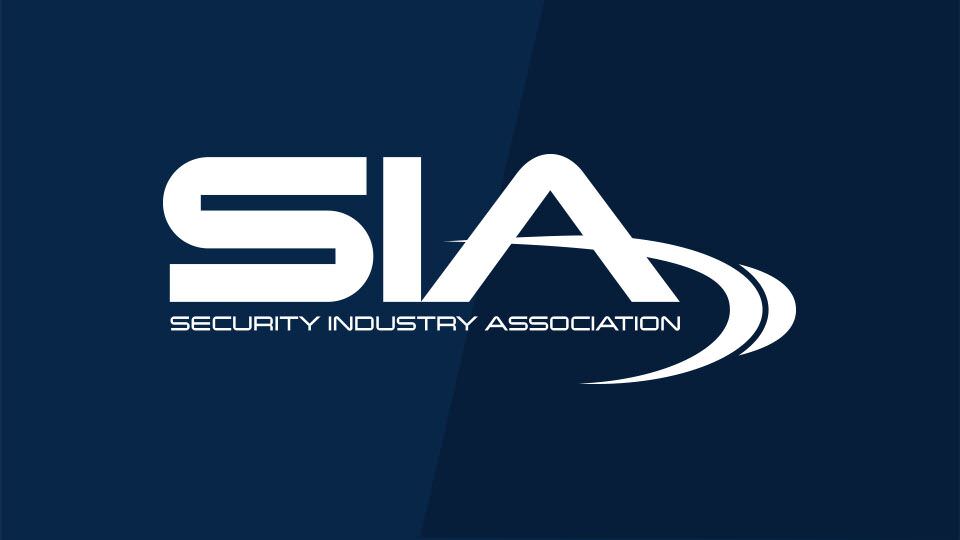SIA’s CSPM: A Professional Project Management Approach to Security Projects

For security practitioners, I cannot stress enough the need for a professional project management approach to security projects leading to a successful installation and commissioning. I developed and perfected these skills early on in my career, and the time and effort have served me and my end-user clients well over the past 35 years. I can attest that successful project implementation is completely dependent upon professional project management, and security managers across this industry must command a knowledge of professional project management not only to succeed but also to prosper and grow.
Regardless of the technical prowess of current or prospective project managers, a modern, pragmatic approach to project management is the key to successful project execution. The Security Industry Association’s (SIA) Certified Security Project Manager (CSPM) program is one of the few sources where a security manager can obtain this valuable education covering a wide range of relevant topics that all security managers should master.
I have been involved over the years in all aspects of project management for security design and management-oriented security projects. The practical aspects or environments within which these projects have been executed, as well as the scope and complexity, have been quite varied, as this listing indicates:
- Private residences
- Corporate campuses
- National historic sites
- Museums and galleries
- High-rise buildings
- Government-owned buildings
- Manufacturing plants
- Petroleum terminals
- Medical institutions
- Educational institutions
- Schools and urban campuses
- Aerospace facilities
- Military air bases
- Commercial airports
- Communication centers
- Broadcasting centers
- Power/energy plants
- Nuclear facilities
- Food processing plants
- Tobacco plants
- Pharmaceutical plants
- R&D facilities
- Government intelligence sites
- Radar stations
- Banks and financial institutions
- Industrial parks
- Data storage facilities
- Port security
This practical base gives me a perspective from which I can comment on the efficacy and effectiveness of SIA’s CSPM course. The course provides a deep dive into the essential concepts and tools of professional project management applied to the security profession. Topics such as project management fundamentals (to include life cycle planning, scheduling, and project phasing), video management systems, access control systems, IP systems and applications, bidding and negotiations, and the business case aspects of project implementation are addressed – all of which are vital to the successful planning, execution and completion of a security project.
I can recall countless times when we were hired to design and implement very large and complex security systems for some of the biggest companies in the world only to find later that the same people who hired us were also subsequently dependent upon our project management expertise to get the job done internally. For every project we receive now, we first develop a detailed Project Management and Execution Plan, which subsequently becomes the formal basis upon which we design and execute the project within the user’s operating environment. The CSPM self-study and classroom instruction addresses all of the required elements within the knowledge base to be addressed in such a PM plan.
Likewise, as we conduct our field analyses and finalize and document the initial phase of conceptual design for an integrated security system, we include for each end-user an appendix that identifies each major project that needs to be created in order for the user to successfully implement our recommended security upgrades. Each appendix essentially becomes a project management plan for the upgrades consistent with the CSPM course elements such as: project description, project goals/objectives, existing conditions, access control or video systems improvements/benefits, system concept of operation, systems interfaces, cost estimation, design requirements, project tasks, execution schedule, risk management, quality assurance and business case.
While there are a few project management courses offered today that provide a generic PM approach, the real value of the CSPM program is that SIA has taken all of the essential PM elements and integrated them into a single self-study and classroom course that is completely oriented to a security project. This course is a winner and should be a prerequisite for any security professional entering a project management role.
Rich Grassie is the founder and chief executive of PRISM Security (www.prismsecurityinc.com) and the president of the International Association of Professional Security Consultants (www.iapsc.org). He can be reached at rich@prismsec.com.
The views and opinions expressed in guest posts and/or profiles are those of the authors or sources and do not necessarily reflect the official policy or position of the Security Industry Association (SIA).
